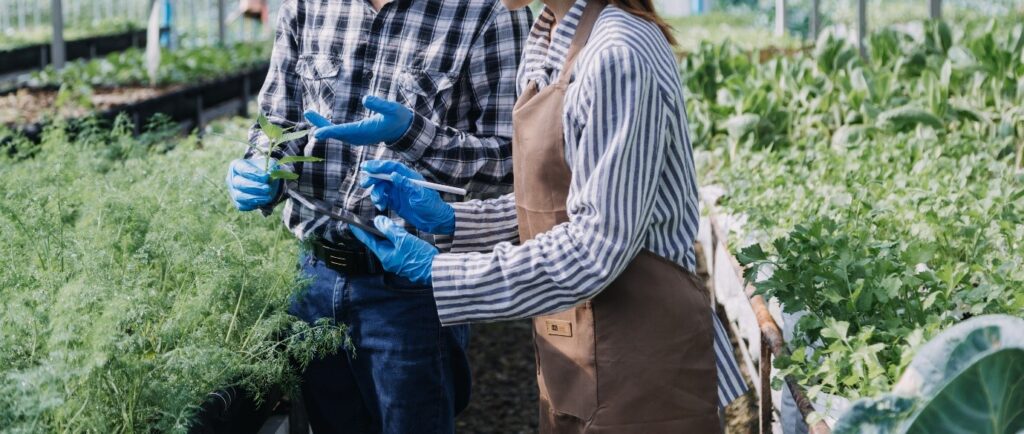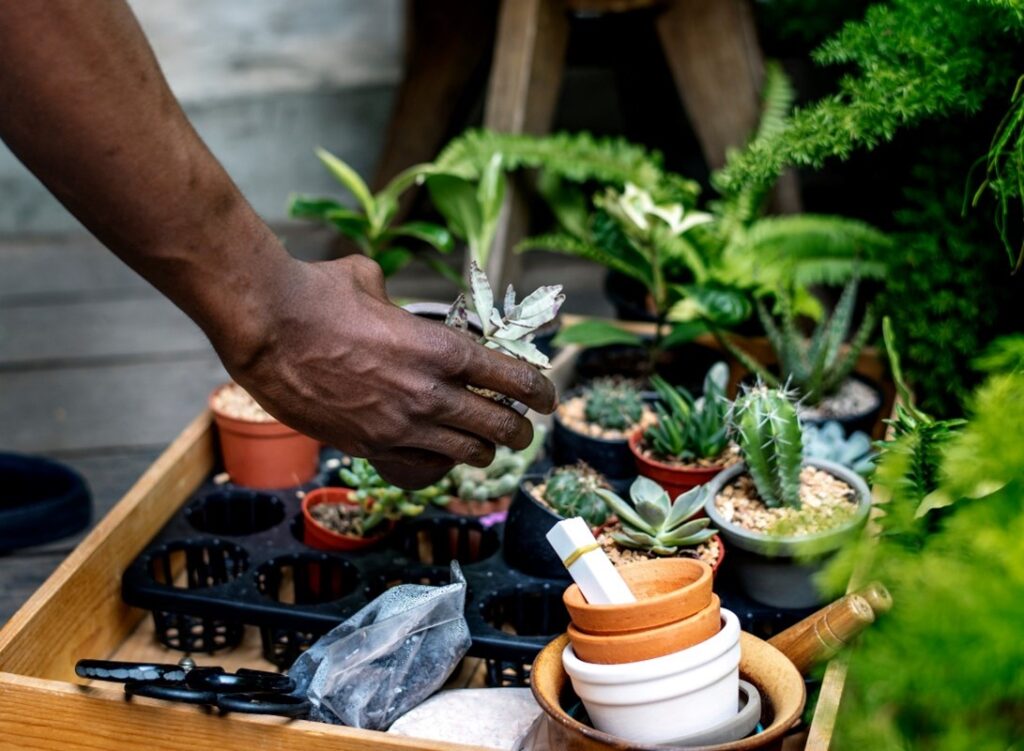
Plants are experiencing a resurgence.
The popularity of both houseplants and outdoor gardening exploded during the COVID-19 pandemic. In 2021 alone, Americans spent over $2 billion on indoor plants and accessories, according to the National Gardening Association.
Sales at garden centers were up for just about every plant, including succulents, tropicals, and vegetables for outdoor gardens. It’s estimated that 18.3 million people became new gardeners during the pandemic, including a 65% increase among Millennials and a 44% increase in gardeners from Generation Z.
Saralyn Wasserman explains that, while houseplants enliven and beautify a home’s décor, and gardening is both a practical and relaxing hobby, green thumbs don’t necessarily come cheap. Certain plants and trees can cost upwards of hundreds of dollars. But growing plants from cuttings? That’s free.
Plant Propagation Using Stem Cuttings
Stem cutting is a form of plant propagation where one takes a part of an existing plant stem and roots it to grow a new plant. Stem-cutting propagation works faster than using seeds because cuttings can grow into mature plants quickly, as mature leaves and stems are already present.
Additionally, the propagation technique can be used by gardeners to seamlessly replicate high-quality flowers, fruits, and plants since the parent plant’s exact genetic traits are maintained. The approach also doesn’t require many supplies. All one needs is a mature plant, a container such as a glass vase or drinking glass, clean and sharp scissors, and water.
Keys to Successful Propagation
Take time to find the best area of a plant’s stem to increase the chance of propagation success. Professionals generally agree that the best cuttings are usually about 4 to 8 inches long and have two or three leaves.
Once the node is found — it’s the bump where the leaves and other stems are attached to the main stem — make a diagonal cut right under the lowest knobby node. The nodes are where roots will develop, and cutting the plant diagonally lets it take in nutrients and water more efficiently.
Place the cutting in water and use a clear glass to track root growth easily. Roots will typically start sprouting after a week. The roots should always remain below the surface of the water, which should be changed once a week or when it gets cloudy.
A properly developed root system includes at least one 2-inch-long, strong root. At that point, it’s time to pot the plant as usual with a light potting mix. The new plant should be exposed to indirect or filtered light at first and then moved to the right light source once growth has further developed.
Water heavily in the beginning stages but be sure to avoid root rot by keeping the soil moist but not overly saturated. Then transition into a normal watering schedule.

Propagation Tips to Keep in Mind
• In addition to potting soil, a soil-less mix may be best for certain plants.
• While most plants will root in water easily, other plants resist rooting in water since their roots may become fragile. Those will likely need to be embedded in soil instead.
• While stem cuttings can be taken at any time, stem cutting propagation is usually more successful when cuttings are taken from a plant that isn’t yet in full bloom.
• Finding the right soil can be key. If unsure, ask a professional at a garden center whether a commercial potting mix with peat moss, a more porous mix, sand, or some other form of potting mixture is best.
• Rooting powder usually leads to a higher success rate when using the stem-cutting propagation technique.